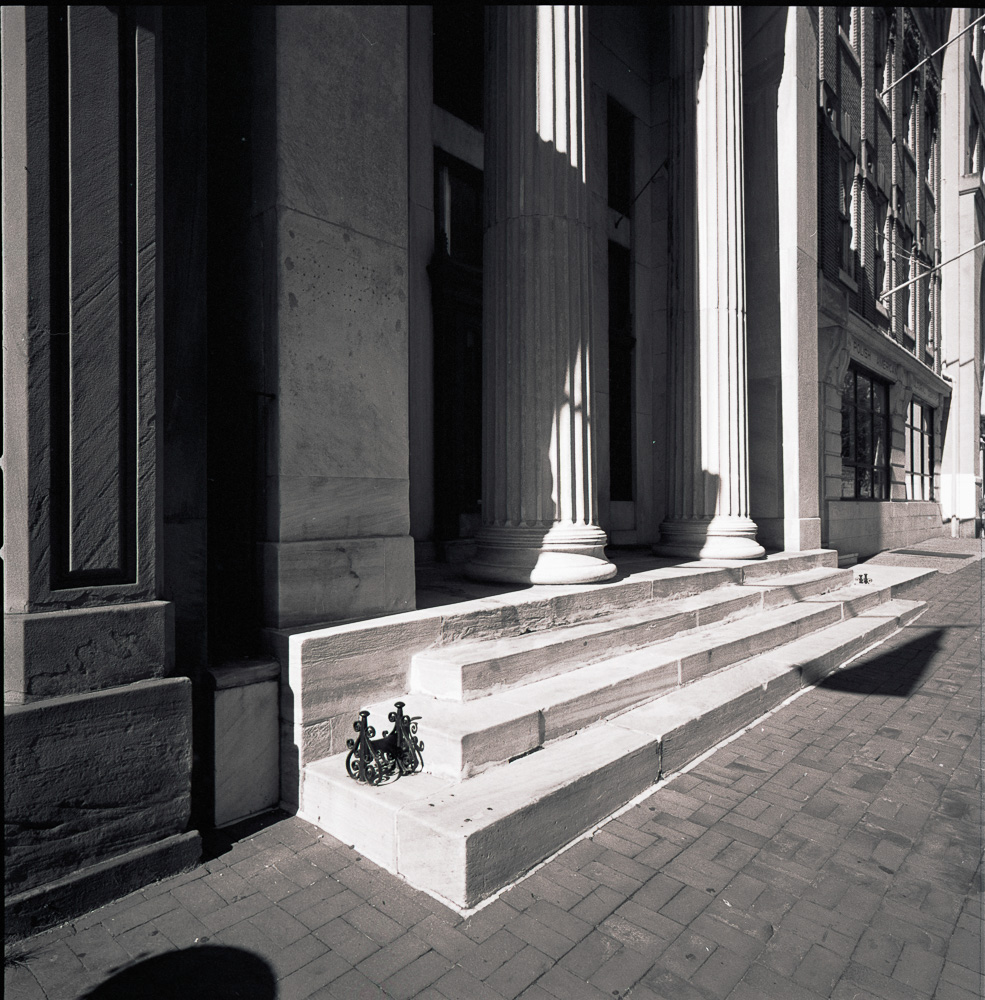Exterior
5/5
Interior
0/5
Site
0/5
History
5/5
Overall
3/5
An early Greek revival building for one of the first saving fund societies by an architect who would later build large parts of the US Capital.
Private

